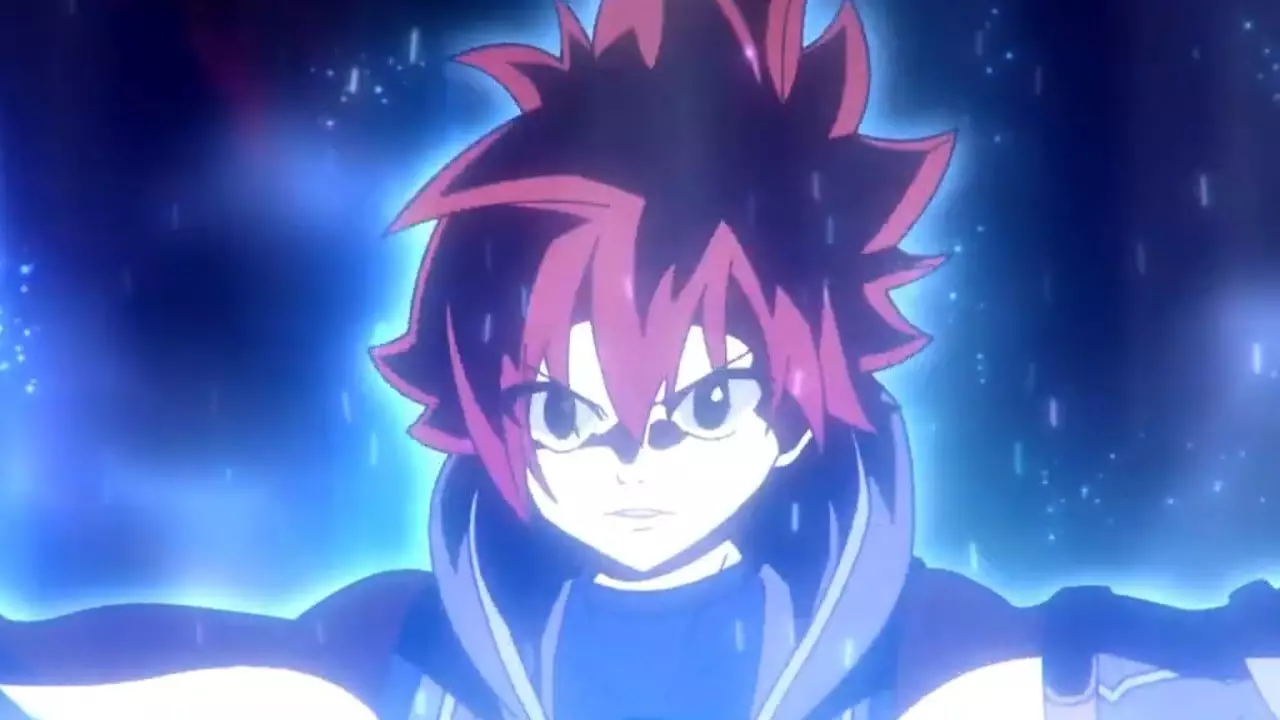When Marvelous unveiled Farmagia at the June 2024 Nintendo Direct, they introduced a blend of genres that evoked excitement and curiosity among gamers. At its core, Farmagia encapsulates the familiar themes of a traditional action RPG intertwined with the nurturing elements of farm simulation. Fans of the developer’s acclaimed franchises, Rune Factory and Story of Seasons, may recognize the farming foundation here, but with a fresh twist: players cultivate monsters instead of traditional crops. This unique concept shows a departure from the typical narrative tropes, ushering gamers into an enchanting realm where farming mages, known as Farmagia, engage in captivating battles while nurturing their vibrant creatures.
Players control Ten, the enthusiastic protagonist, alongside his companions, as they navigate through an impending war. The game unfurls a vibrant story filled with camaraderie, featuring themes of friendship and unity as Ten and his peers leverage their relationships with the monsters they tend to conquer formidable foes.
The captivating visual aesthetic is a standout feature crafted by acclaimed artist Hiro Mashima, best known for his work on fan-favorite anime like Fairy Tail and Edens Zero. The character designs radiate a distinct charm, fitting various anime archetypes seamlessly. Ten’s optimistic demeanor complements the darker undertones of Emeru, the group’s edgy member. Such dichotomies among characters provide viewers with a sense of connection, drawing them into a world teeming with personality.
However, despite the beautifully rendered backdrops enhancing dialogue sequences, there’s inconsistency in the characterization of monsters. While Mashima delivers imaginative designs for the main characters, the monsters tend to lack diversity. Instead of introducing a broader array of creatures, some monsters simply shift colors—a choice that leaves players craving for more variety. This repetitive design diminishes the players’ enthusiasm for monster development, consequently hindering immersion into the farming aspect of the game.
While Farmagia aims for a cohesive blend between farming and action, the execution falters. The farming elements primarily reside in a static environment characterized by an absence of vibrancy. Numerous players may find themselves disillusioned as persistent dungeon crawling interrupts farming activities. The design enforces a frustrating cycle where players must exhaust their Stamina points in dungeons before returning to their crops. This mechanic creates a disjointed experience where the excitement of monster-farming clashes with action-oriented gameplay.
Moreover, namely the farming itself feels underwhelming. Rather than immersing players in a lush, dynamic landscape, they are presented with a bland expanse, merely serving as a backdrop for evolving their monsters. Consequently, the emotional investment tied to nurturing these creatures pales compared to the rich narrative themes prevalent throughout the game.
Despite the apparent limitations of farm simulation, Farmagia successfully thrives on its narrative. The story is delivered through 12 chapters that elegantly weave character storylines into the central conflict. As players progress, they come to recognize individual character arcs intertwined with overarching themes of friendship and sacrifice. Though some may view this predictability as a drawback, it fosters a sense of cohesion that keeps players engaged.
The stellar comedic timing throughout the narrative serves as a refreshing touch. Punctuated with lighthearted jokes amid serious moments, the emotional undertones resonate with fans of anime, creating an enjoyable atmosphere. This dedication to character growth within a fantastical backdrop undoubtedly resonates with players, transforming the game’s predictability into a comforting familiarity.
Combat is another vital cog in Farmagia’s mechanical framework, functioning as a critical link between the farming and adventure elements. While battles prioritize simplicity, they are complemented by vibrant visuals that make even overwhelming scenarios manageable. Players can engage in battles featuring a multitude of monsters, comparable to numerous creatures launched against titanic enemies. The combat relies on timing for parries, the strategic use of skills, and a Fusion Buddy system that enhances player engagement without overwhelming complexity.
However, as players delve deeper into the gameplay, they may encounter limitations in the combat system, chiefly due to a lack of diverse skills and monster types. Each character’s opportunity for development feels constrained, and players may find themselves yearning for more robust systems that offer a wider variety of options.
Ultimately, Farmagia captures the essence of adventure with an enchanting narrative and stellar visual design but stumbles on key gameplay elements. The unique combination of farming and action makes for a whimsical experience yet plays it safe with simplistic mechanics that may deter seasoned action RPG enthusiasts. It is certainly a delightful title for those who appreciate a playful narrative about friendship and magic. While the farming elements leave much to be desired, they serve as a bridge for players who enjoy exploration and character dynamics. Farmagia aims to provide an immersive and heartwarming journey into the realm of fantastical friendships, a commendable effort even as it grapples with its inherent limitations.

